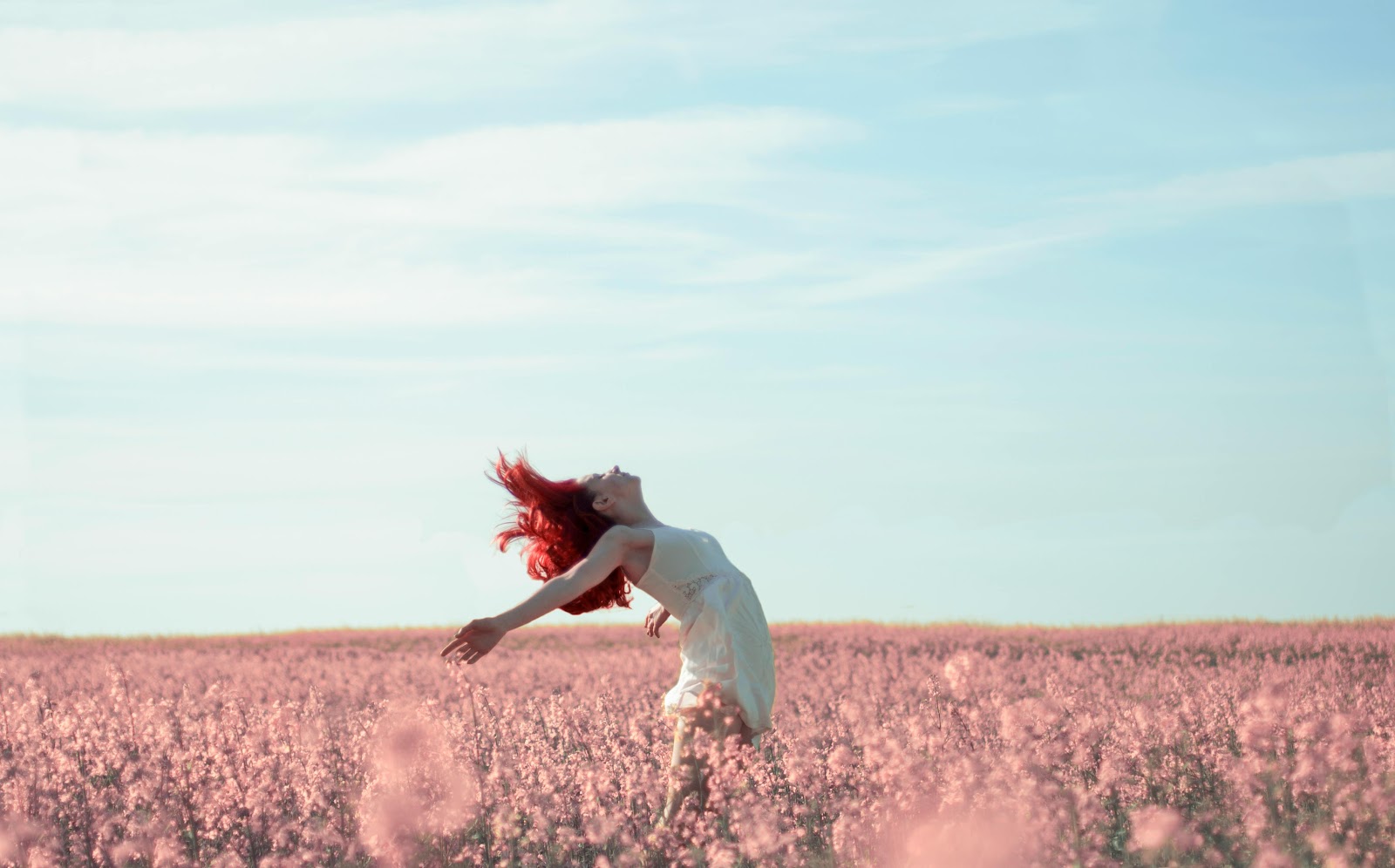Defining Chronic Pain
In healthcare, chronic pain is often defined as a persistent discomfort lasting longer than three months, surpassing the expected healing period. This condition challenges traditional pain classification systems, prompting a reevaluation of theories suggesting pain is a complex interplay of biological, psychological, and social factors. Statistics reveal that approximately 20% of adults experience chronic pain, highlighting its prevalence and the urgent need for practical management guidelines.
The history of pain treatment illustrates a shift from opioids to more nuanced approaches informed by neuroscience insights. These insights emphasize understanding pain as a multifaceted experience, necessitating comprehensive methods tailored to individual patients. Such strategies are crucial, as they enable patients to reclaim a sense of agency in their lives by improving physical function and encouraging emotional well-being. For those considering alternative treatment environments, exploring options at a luxury rehab center in New Jersey could offer a unique approach.
The Impact of Recovery
The journey of recovery from chronic pain is fraught with emotional turbulence as individuals grapple with the dual challenges of pain management and psychological resilience. Physical limitations necessitate significant lifestyle adjustments, often requiring a reevaluation of identity and purpose. Developing effective coping strategies becomes crucial; these tools mitigate discomfort and empower individuals to reclaim agency in their lives, encouraging a proactive approach to managing their circumstances.
Emotional challenges significantly influence an individual’s overall well-being. Mental health becomes a sharp focus, with emotional resilience playing a pivotal role in maintaining stability during recovery. Heightened stress increases the risk of emotional distress, making effective stress management indispensable. Developing coping mechanisms is fundamental, as they aid in mood regulation and emotional awareness. Self-care practices, like mindfulness and physical activity, cultivate a sense of control over one’s emotional state.
Emotional Effects of Recovery
The emotional effects of chronic pain recovery involve a complex interplay of challenges that can influence an individual’s overall well-being. Navigation through this terrain requires focusing on mental health, as emotional resilience plays a crucial role in sustaining stability throughout the journey of recovery. Individuals often face heightened stress, making stress management an indispensable tool to mitigate emotional distress and foster resilience.
Developing coping mechanisms is fundamental for mood regulation and emotional awareness. Engaging in self-care practices, like mindfulness and exercise, cultivates control over one’s emotional state. Emotional support connection is crucial; understanding and comfort from others are critical during recovery. Various therapy options, like cognitive-behavioral therapy, can improve strategies tailored to individual needs, empowering individuals to constructively confront emotional hurdles.
Physical Limitations and Adjustments
While emotional resilience is significant in the journey of chronic pain recovery, physical limitations present formidable challenges that exacerbate emotional struggles. The interplay of these limitations requires nuanced adjustments for daily living. Adaptive equipment can significantly improve independence, allowing individuals to navigate confidently. Ergonomic adjustments at home and work alleviate discomfort, promoting a more sustainable lifestyle. Gentle exercises improve physical well-being, cultivating pain awareness and empowering individuals to intuitively respond to their body’s needs.
Activity pacing becomes crucial, enabling the management of energy levels, reducing pain exacerbation risks. Incorporating assistive technologies facilitates greater lifestyle flexibility and a more adaptive response to daily challenges. Energy conservation techniques support recovery by prioritizing vital activities, safeguarding emotional health. Ultimately, chronic pain recovery is not just about alleviating discomfort; it’s about redefining one’s relationship with pain, nurturing resilience, and embracing a life rich in purpose despite limitations. For those needing structured support, participating in an intensive outpatient program (IOP) can provide guided adjustments.
Coping Strategies for Pain
Managing the complexities of chronic pain demands a toolkit of coping strategies that significantly influence recovery outcomes. Employing distraction tactics, like engaging in creative activities, offers temporary respite from discomfort. Breathing exercises are crucial grounding tools, promoting relaxation and reducing anxiety associated with pain. Journaling encourages self-reflection, allowing articulation of experiences. Support groups nurture community by offering shared understanding and practical advice.
Movement practices, like yoga or tai chi, enhance physical function, elevate emotional well-being, and provide sensory relief through aromatherapy or music therapy. Gratitude exercises shift focus from pain to life appreciation; nature therapy’s restorative effects encourage mental clarity and physical rejuvenation. Understanding triggers empowers individuals, informing treatment strategies and helping manage their pain journey effectively.
Understanding Pain Triggers
Understanding pain triggers is crucial for effectively managing chronic pain, especially in recovery. They can range from physical factors to emotional stressors, each capable of exacerbating the pain experience. Recognizing the interplay between these triggers and their emotional impact informs treatment strategies and empowers individuals to take control of their pain management journey, enhancing autonomy and self-awareness.
Chronic pain often presents a complex interplay of triggers that can significantly impact recovery. Trigger identification involves recognizing patterns linked to environmental factors, such as temperature changes or noise levels. Lifestyle adjustments, including diet and sleep hygiene, are pivotal in alleviating symptoms. Mindfulness strategies like stress reduction techniques promote emotional resilience, helping individuals manage pain while reclaiming agency in their recovery journey.
Emotional Impact on Pain
Chronic pain recovery is complicated by the interplay of physical and emotional factors; the emotional impact on pain is substantial. Pain perception is influenced by psychological aspects, with emotional resilience shaping the experience. Negative emotions can exacerbate pain, forming a cycle of heightened distress. Stress management is crucial in promoting psychological well-being and improving pain coping strategies.
Emotional regulation strategies, such as cognitive reframing, can significantly impact the trauma response associated with pain. By shifting perspectives, anxiety can be reduced, transforming pain from a debilitating condition into a manageable challenge. Recognizing emotional factors encourages holistic treatment, integrating psychological interventions alongside physical therapies, empowering recovery with greater agency.
Non-Opioid Treatment Options
The management of pain in recovery requires a multifaceted approach prioritizing safety and efficacy amidst growing concerns surrounding opioid dependency. Non-opioid treatment options offer promising alternatives to alleviate chronic pain while minimizing risks. Acupuncture stimulates body points, promoting natural pain relief and well-being; cognitive therapy addresses mental pain aspects, equipping individuals with strategies to manage perceptions.
TENS therapy utilizes low-voltage currents to disrupt pain signals, providing immediate relief. Exercise therapy strengthens muscles and releases endorphins, serving as natural painkillers. Additionally, herbal remedies and biofeedback can further support pain management, and aromatherapy and yoga encourage relaxation. Ultimately, tailored non-opioid approaches enhance quality of life for those in recovery.
Holistic Therapies for Pain Relief
Holistic therapies offer a multifaceted approach to pain relief, transcending traditional methods. Techniques like mindfulness and meditation profoundly alter pain perception, allowing individuals to reclaim their quality of life by addressing the psychological aspects of pain. Meanwhile, physical therapy and nutritional strategies support recovery, fostering a comprehensive rehabilitation journey tailored to each individual’s needs.
Mindfulness nurtures emotional regulation, improving stress-reduction capacity, leading to more holistic pain management. Breath awareness anchors the mind, reducing anxiety; guided imagery transports the mind, alleviating pain perception. In contrast, physical therapy emphasizes therapeutic exercises tailored to improve mobility, strength, and flexibility. This empowers individuals by cultivating resilience vis-à-vis the underlying causes of discomfort without reliance on opioids.
Mindfulness and Meditation Techniques
Even though conventional treatments for chronic pain focus on physical symptoms, integrating mindfulness and meditation can offer profound relief by addressing the psychological aspects of pain. These practices foster emotional regulation and enhanced stress-reduction capacity, leading to holistic pain management. Breath awareness cultivates acute focus, alleviating anxiety and promoting relaxation; body scan facilitates deep connection to physical state and tension identification.
Guided imagery transports the mind to calming places, easing pain perception; loving-kindness meditation encourages compassion towards oneself and others, nurturing emotional resilience and fostering a positive mindset. Incorporating techniques like nature meditation, mindful movement, sensory focus, and gratitude practice adds to this toolkit, supporting empowerment and cultivating a less pain-centric life approach overall.
Physical Therapy Approaches
Integrating physical therapy into chronic pain management complements mindfulness by addressing the body’s physical mechanisms. Emphasizing therapeutic exercises, meticulously tailored to improve mobility, strength, and flexibility, ultimately alleviates pain. Unlike pharmacological treatments masking symptoms, physical therapy empowers individuals, cultivating resilience and enhancing function through active patient partnership.
Thorough pain assessment identifies specific issues and crafts targeted interventions, considering psychosocial factors contributing to a patient’s experience, promoting recovery. Manual therapy, modalities like ultrasound or electrical stimulation, and guided exercises provide immediate relief while fostering long-term recovery. Engaging in rehabilitation improves motivation and adherence, nurturing physical and emotional well-being effectively.
Nutritional Support Strategies
Nutritional support strategies play a vital role in chronic pain management, complementing conventional therapies. A well-rounded nutritional plan mitigates inflammation, enhances gut health, and addresses deficiencies. Consider incorporating anti-inflammatory foods rich in omega-3 fatty acids, like fatty fish and flaxseeds, to support recovery and combat inflammation, enhancing overall well-being.
Align meals to maximize nutrient absorption and energy levels; consuming protein evenly aids muscle repair and pain management. Hydration is critical for peak bodily function, as dehydration worsens pain perception. Utilize vitamin supplements to address deficiencies, exploring herbal remedies known for their analgesic properties. These strategies form a proactive approach in complementing traditional therapies.
Lifestyle Modifications for Pain Management
Chronic pain necessitates a multifaceted management approach. Lifestyle modifications significantly boost overall well-being and functionality. Implementing tailored exercise routines encourages strength and releases endorphins, serving as natural pain relievers. Sleep hygiene is vital, as quality rest reduces pain sensitivity and enhances recovery, providing the foundational support for better pain management.
Stress reduction techniques like yoga and breathing exercises diminish the psychological burden of pain, complementing traditional treatments like acupuncture and massage. Daily journaling tracks pain patterns and triggers while encouraging emotional expression. Engaging in social activities combats isolation, crucial for mental health, fostering community and shared understanding on the recovery journey.
The Role of Mindfulness
Mindfulness is a powerful ally in managing chronic pain, offering a means to cultivate awareness and acceptance of experiences. By embracing practices encouraging presence, individuals can shift their relationship with pain, improving overall well-being. Key mindfulness techniques include mindful breathing to anchor attention, promoting emotional regulation and stress reduction; body scan for awareness.
Guided exploration of body sensations fosters compassionate awareness, allowing connection to one’s physical state. Mindful movement, like yoga or tai chi, supports sensory grounding, countering discomfort. Encouraging gratitude practice cultivates self-compassion and resilience in the face of chronic pain, promoting holistic healing by reducing the impact and fostering positive engagement with well-being.
Building a Support Network
Creating a robust support network is crucial for effectively managing chronic pain. It complements internal strategies nurtured through mindfulness practices. Engaging with peer support systems and community resources fosters emotional connections essential for maneuvering the complexities of recovery. Recovery groups offer shared experiences, allowing expression of struggles and triumphs, significantly enhancing resilience.
Accountability partners provide motivation, maintaining commitment to self-care routines. Online forums offer accessible connection, exchanging insights and coping strategies. Educational workshops empower individuals with knowledge and tools to manage pain effectively, nurturing mentor relationships that guide toward effective management. Exploring coping strategies enhances self-awareness, strengthening vulnerability in the journey.
Coping Strategies for Daily Life
While navigating the complexities of daily life, individuals managing chronic pain must adopt effective coping strategies to improve physical and emotional well-being. Incorporating self-care practices into routines significantly boosts life quality. Stress management employing relaxation methods like mindfulness meditation or deep breathing mitigates stress, which can exacerbate pain experiences and emotional distress.
Exercise options like gentle stretching, yoga, or swimming promote mobility, reducing discomfort and promoting endorphin release. Sleep hygiene is prioritized by creating a calming bedtime routine and consistent sleep schedule. Restorative sleep is imperative for pain management, while journaling techniques in creative outlets like writing express thoughts and emotions, processing pain and fostering control.
Long-Term Pain Management Goals
Establishing long-term pain management goals is crucial for individuals managing chronic pain, enhancing life quality through structured techniques tailored to individual needs and setting realistic expectations. Tracking pain patterns identifies triggers and effective interventions, guiding decisions. Communication strategies with healthcare providers ensure open discussions, fostering a collaborative treatment environment, enhancing care.
Integrating alternative therapies like acupuncture with traditional methods creates a holistic management plan. Developing resilience skills empowers adaptability to fluctuations, reinforcing a proactive stance. Self-care routines nurture health, with regular assessment allowing timely adjustments, ensuring strategy relevance. Mental health is prioritized; fostering a positive mindset influences perceptions and coping capacity.

Final Thoughts
Chronic pain management in recovery without opioids necessitates a comprehensive approach that embraces lifestyle modifications, non-pharmacological treatments, and emotional resilience. By understanding pain triggers and employing holistic therapies, individuals can reclaim autonomy over their well-being. Mindfulness and robust support networks further improve coping strategies, ultimately nurturing a sustainable framework for long-term pain relief. In an era increasingly wary of opioid reliance, these multifaceted strategies represent not just alternatives but critical components of effective chronic pain management.
If you or a loved one is struggling with addiction, remember that you don’t have to navigate this journey alone. At BlueCrest Recovery, we’re here to provide the support and resources needed to help you move from a place of powerlessness to one of strength and healing. Don’t hesitate to reach out to our team online or call us today. Let us walk with you on your journey to recovery. Follow us on Facebook for ongoing insights, encouragement, and support.
Frequently Asked Questions
Can Chronic Pain Affect Mental Health During Recovery? Chronic pain significantly influences mental health, often exacerbating feelings of anxiety and depression. Effective pain management strategies are crucial for nurturing emotional resilience, enabling individuals to navigate recovery challenges while maintaining psychological well-being and overall quality of life.
What Are Common Misconceptions About Chronic Pain? Common misconceptions about chronic pain often revolve around myths that trivialize the experience, suggesting it’s purely psychological or exaggerated, thereby undermining the complex interplay of physiological and emotional factors influencing an individual’s perception of pain and overall experience.
How Does Diet Influence Chronic Pain Levels? Diet significantly influences chronic pain levels, as anti-inflammatory foods can reduce inflammation and pain perception. Conversely, nutrient deficiencies may exacerbate pain, highlighting the importance of a balanced diet in managing pain levels effectively and supporting overall recovery.
Are There Specific Exercises to Avoid With Chronic Pain? Individuals with chronic pain should avoid high-impact exercises that exacerbate discomfort, focusing on gentle stretching and low-impact activities, which promote mobility and strength. These modifications prevent stress on the body and encourage long-term recovery and improvement.
How Can Family Members Support Someone With Chronic Pain? Family members can help by providing emotional support and employing effective communication strategies. Active listening, feeling validation, and open dialogue cultivate a nurturing environment, promoting resilience and enhancing coping mechanisms critical for the individual’s journey.


















